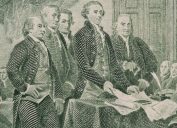20 Women's Rights That Didn't Exist Until the 20th Century
Women's rights have come a long way in the last 120 years.

We still have quite a ways to go before the gender gap is closed entirely, but women's rights have come a long way in the past 100 years or so. When you consider that women couldn't serve on a jury in all 50 states until about 50 years ago and that, for only the past 30 years, women have been able to get a business loan without a male cosigner, you get a sense of some of the huge challenges women have faced until relatively recently. In honor of Women's History Month and how far women's rights have come, we're looking back at some of the things women were not allowed to do until the 20th (and even 21st) century. And for women who've made history in the last half-century, check out Amazing Achievements by Women Every Year for the Last 50 Years.
1
Having their own passport

Until the 1930s, married couples were issued a joint passport on which only the husband's name appeared along with "and wife" or "accompanied by his wife," according to Craig Robertson's book The Passport in America. This was partly because many countries did not yet require a passport to enter (and therefore many couples wouldn't go through the trouble of applying for two) and partly because the idea that a married woman would be traveling alone was so inconceivable that no one bothered to plan for it. But in 1937, the Passport Division of the Department of State issued a memo eliminating the "wife of" requirement, and allowing married women to use their maiden names on their passports.
2
Serving as permanent members of the military

During World War I, Loretta Perfectus Walsh became the first American woman to enlist in the military as anything other than a nurse. But it was not until 1948 that Congress passed the Women's Armed Services Integration Act, which permitted women to serve as permanent members of the military. Prior to that, they could only serve during times of war. Progress continued over subsequent decades, as women gained the right to enter U.S. military academies in 1976 and serve in combat in 2013.
3
Working jobs that were hazardous to their health or morals

As of 1929, multiple states had laws that prohibited women to take on so-called "dangerous" occupations. Kansas, for example, had a state law prohibiting women from working jobs "under conditions of labor detrimental to their health or welfare," whereas Washington and Michigan had laws that applied to jobs that were potentially hazardous to women's "morals" as well. Michigan's law went so far as to say no woman "shall be given any task disproportionate to her strength, nor shall she be employed in any place detrimental to her morals, her health, or her potential capacity as a mother." Mining was one job women were commonly excluded from participating in by law. And another was bartending. It wasn't until the 1970s that these laws started being overturned. And for more laws you won't believe, check out The 47 Weirdest Laws from Around the World.
4
Keeping their money

Due to the coverture, the English common law system that prevented a married women from owning property, entering into contracts, and the like without her husband's say so, married women in the States were also not able to keep their wages. In the late 19th century, some states—like Oregon and New York—started to make strides toward equal property laws in marriages, but as of 1887, a third of U.S. states did not provide statutory protection for a married women to control her earnings. It wasn't until the 20th century that the whole country implemented laws that gave married women the right to keep their wages, instead of handing them over to their husbands.
5
Working the night shift

Similar to how certain jobs were seen as inappropriate or even dangerous for women, certain shifts were viewed the same way. The Factory Act of 1948 prohibited women who worked in factories from working outside of the hours between 6 a.m. and 7 p.m. But around that same time, these restrictions started loosening in other industries. A paper published in the Monthly Labor Review in 1951 highlights the restrictions in certain industries in 18 states that had such laws, including California, Connecticut, Delaware, and Indiana.
6
Working while pregnant

Until the passage of the Pregnancy Discrimination Act of 1978, women could be fired for being pregnant. Some states even outright banned women from working during periods of time before and after delivery. For example, schoolteachers were often required to take unpaid maternity leave due to liability concerns and the idea that the pregnancy might distract the children. And for more about how parental leave affects men and women, check out: Nearly a Third of Men Feel Uncomfortable Taking Paid Parental Leave.
7
Serving on a jury
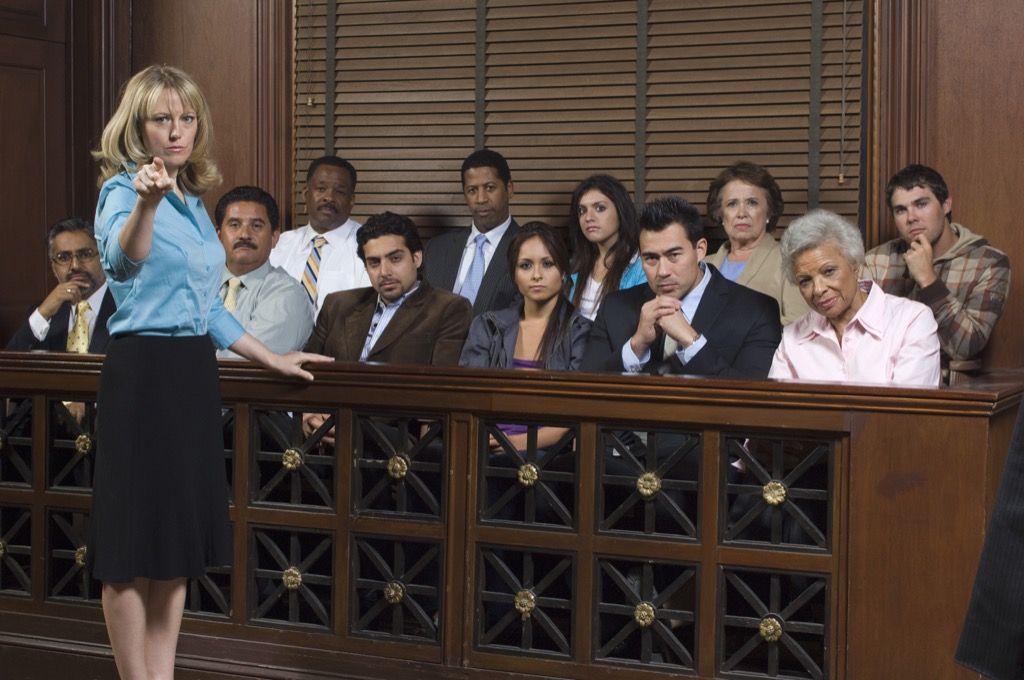
According to the American Civil Liberties Union (ACLU), as of 1927, only 19 states allowed women the right to serve on a jury. It wasn't a nationwide right until 1968 when the final state, Mississippi, relented in its refusal to let women do their civic duty.
8
Voting
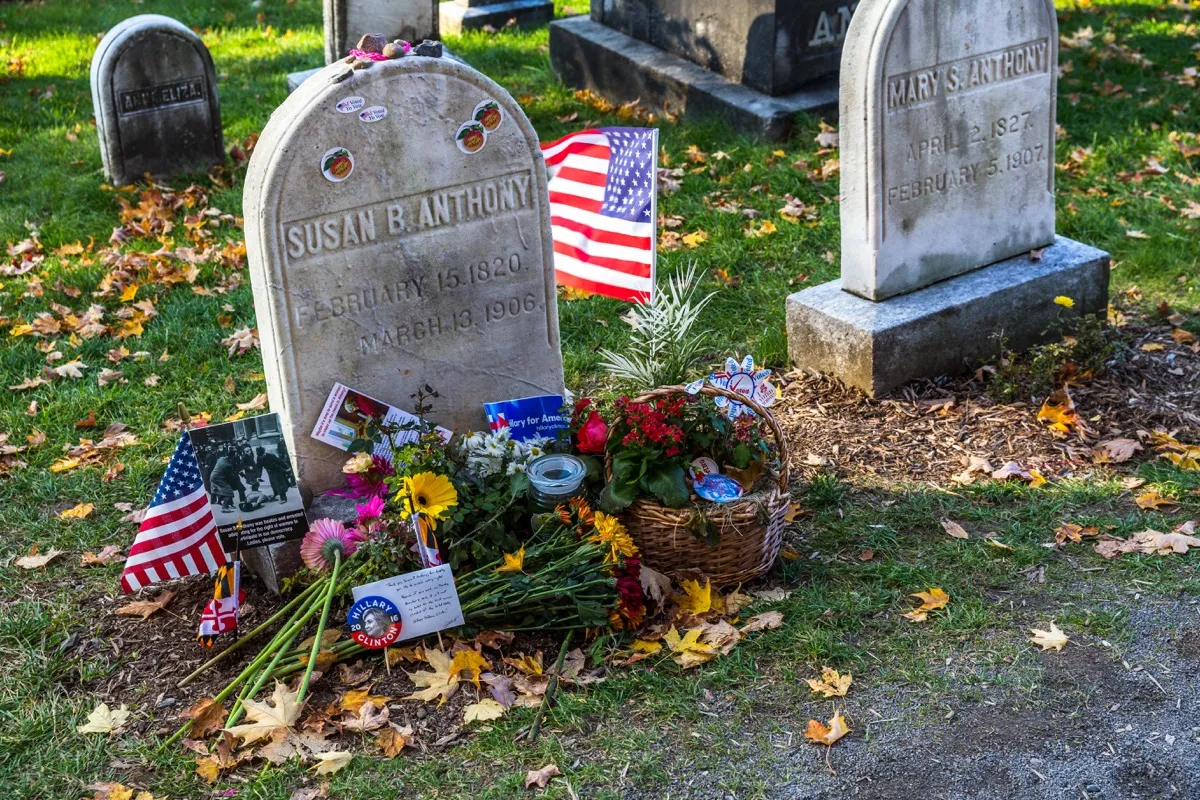
It was not until 1920 that the 19th amendment was ratified and women across the United States were granted the right to vote. The ultimate women's rights win came after a decades-long battle fought by suffragettes such as Susan B. Anthony, Lucretia Mott, and Elizabeth Cady Stanton. Some of the shockingly sexist reasons men gave over the years for banning women from voting, per The Washington Post, included: "A woman's brain involves emotion rather than intellect"; "The masculine represents judgment… while the feminine represents emotion"; and "Control of the temper makes a happier home than control of elections."
And women have been taking full advantage of their right to vote ever since they got it. In every presidential election since 1980, the proportion of eligible women who voted has exceeded the proportion of eligible men who voted, according to the Center for American Women and Politics at Rutgers University. And for more on women's right to vote, check out this 2018 article about Women Proudly Covering Susan B. Anthony's Grave in "I Voted" Stickers.
9
Getting divorced

Technically, women could get divorced throughout the 20th century, but it was such a difficult and messy process that many were dissuaded. Then California Governor Ronald Reagan signed the nation's first no-fault divorce bill in 1969, allowing couples to end their marriages on the grounds of irreconcilable differences. Before that, a spouse would have to show evidence of adultery, abuse, or abandonment (not always the easiest things to prove) and women would receive the bulk of the blame for tearing their families apart. And for more on places where divorce is common, check out These Are the 9 States With the Highest Divorce Rates.
10
Keeping their citizenship after marrying a non-American

Per the Expatriation Act of 1907, if an American woman married a non-U.S. citizen between 1907 and 1922, she would immediately lose her U.S. citizenship. The law granted that if that woman's husband later became a naturalized citizen, she could then also go through the naturalization process to regain her citizenship. The law was repealed with the Cable Act of 1922, but it's worth noting that none of these restrictions applied to men.
11
Getting a business loan without a male cosigner

In a number of states, women were required to have their husbands or male relatives cosign for business loans up until the passage of the Women's Business Ownership Act in 1988. The law gave women equal access to capital in order to start their own businesses, and it no longer required them to enlist a man's help.
12
Getting a credit card easily

While credit cards were something of a novelty in the 1960s and 1970s, they too had very old-fashioned application policies and often required a husband to cosign for his wife's card. That shifted in 1974 following the passage of the Equal Credit Opportunity Act, which made it illegal to discriminate against a person applying for credit based on sex.
13
Using the bathroom easily at work
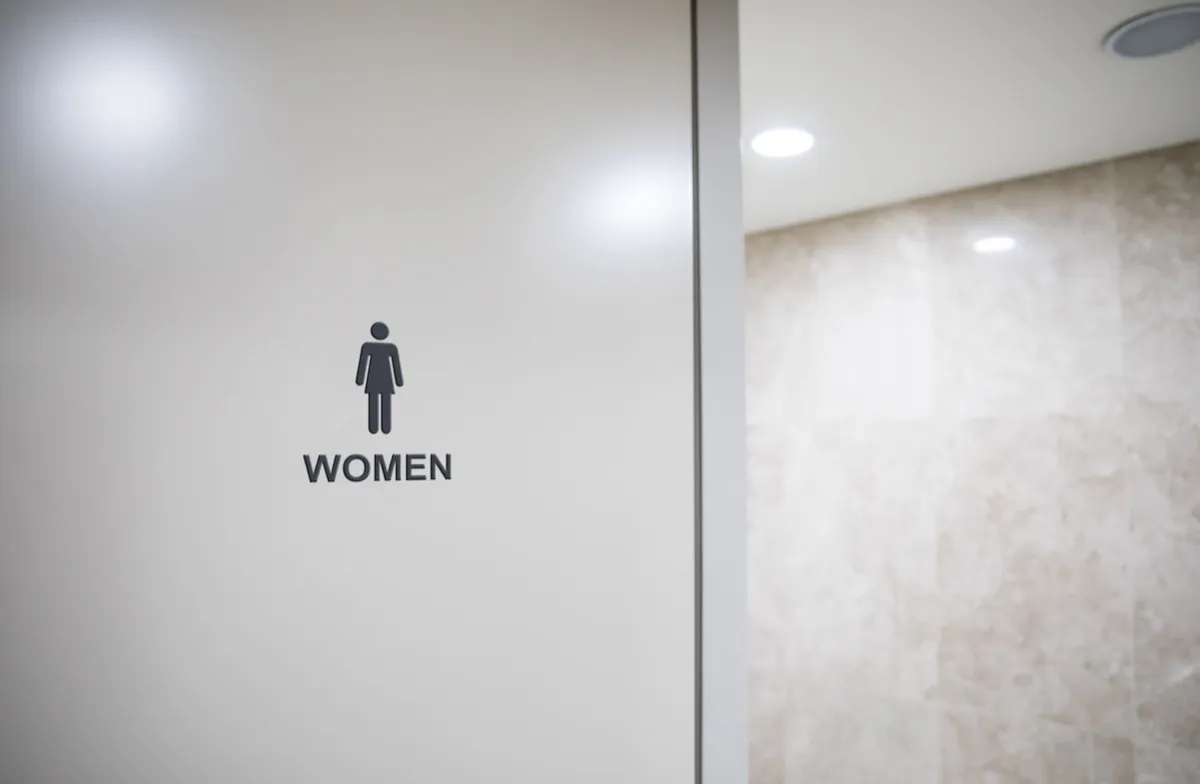
Throughout the 20th century, women's restrooms were often treated as an afterthought since most workplaces still tended to be male-dominated. Women would be required to walk much farther than their male counterparts in order to find a bathroom, and would sometimes be denied jobs because of an office's lack of women's toilets, according to Time.
Even women in the House of Representatives didn't have a bathroom near the Speaker's Lobby until 2011. Before that, the time it would take them to walk to the nearest women's room and back exceeded session break times, according to The Washington Post.
14
Wearing pants on the Senate floor

The 20th century saw a growing number of women entering national office. However, it was not until the early '90s that women were allowed to wear pants on the Senate floor. Prior to that, the norm—enforced by Senate doorkeepers—was for women to wear dresses. That changed in 1993, when Illinois Senator Carol Moseley-Braun walked into the Senate building wearing her favorite pantsuit, not knowing that pants were forbidden. She told a Chicago radio station in 2016 that "the gasps were audible." "What happened next was that other people started wearing pants. All the women staffers went to their bosses and said, 'If this senator can wear pants, then why can't I?' And so it was the pantsuit revolution," she said. Soon thereafter, a new policy was put in place.
15
Using birth control

The first oral contraceptive, Enovid, was approved by the Food & Drug Administration in 1960. But that didn't mean it was automatically available for use. It wasn't until 1965 that the Supreme Court ruled that states could not ban married couples from using oral contraceptives; in 1972, the Supreme Court legalized birth control for all citizens, irrespective of their marital status.
16
Suing for sexual harassment
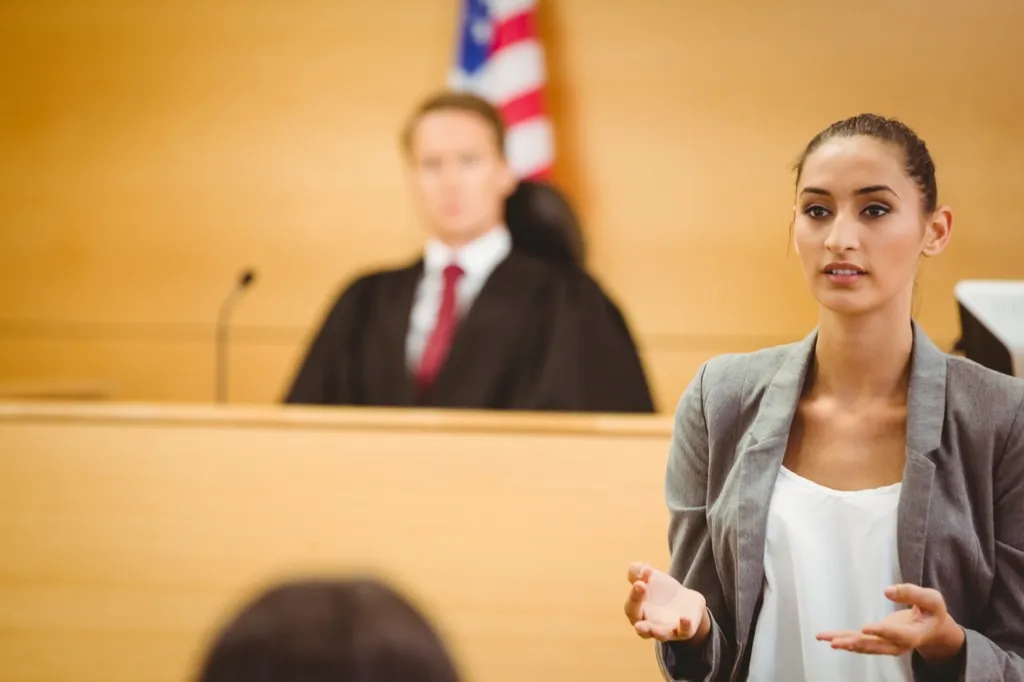
By 1977, three separate court cases ruled in favor of a woman having the right to sue her employer for sexual harassment under Title VII of the 1964 Civil Rights Act. Sexual harassment was later officially defined in 1980 with the help of the Equal Employment Opportunity Commission (EEOC).
17
Refusing sex with their husbands
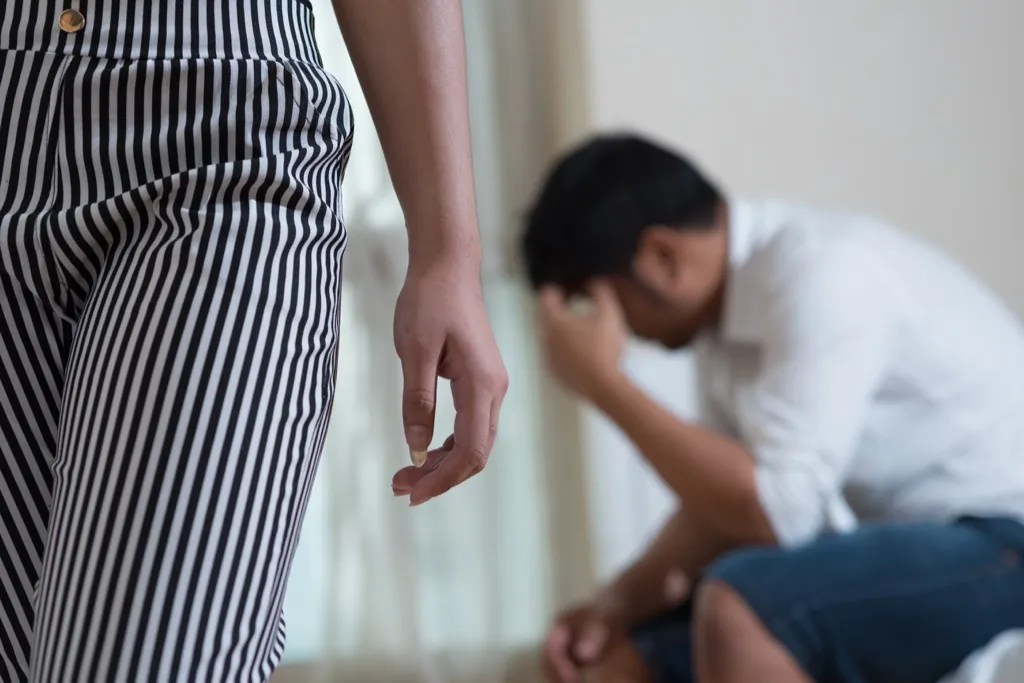
The concept of "marital rape" was not recognized until the mid-1970s, when many states passed laws defining and banning it. Finally, in 1993, it was criminalized in all 50 states—though, as a 2003 paper in Trauma, Violence, & Abuse notes, dozens of states have either partially or fully repealed these laws since then.
18
Smoking in public

Some cities across the U.S. prohibited women from smoking in public at the turn of the 20th century, though these laws were generally short-lived. For example, New York City politician Timothy Sullivan rolled out an ordinance in 1908 banning women from doing so. After just two weeks, though, the mayor repealed the sexist law.
19
Running in the Boston Marathon

Technically women could run in the Boston Marathon, but their times were not "officially acknowledged" until 1972. Nina Kuscsik was the first woman to officially cross the finish line, with a time of 3:10:26. Five years earlier in 1967, Kathrine Switzer, the first woman to run the Boston Marathon as a numbered entrant, was famously harassed by a race official who attempted to tear off her bib as she ran past him.
20
Boxing in the Olympics

Women actually weren't allowed to box in the Olympics until the 21st century. The rules changed for the 2012 Summer Games, making it the first Games in which every sport had both men and women competing. British boxer Nicola Adams took home the history-making gold medal that year.

